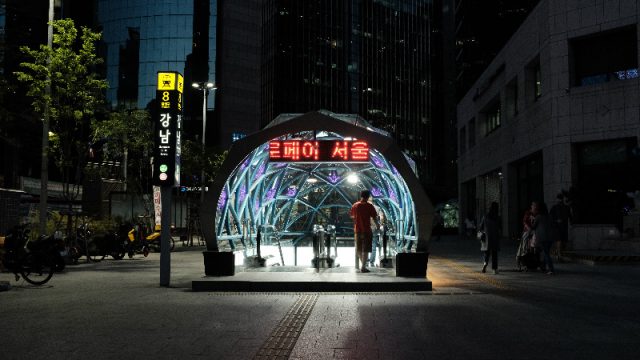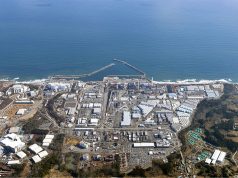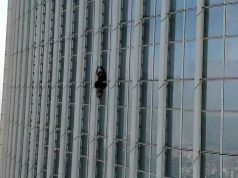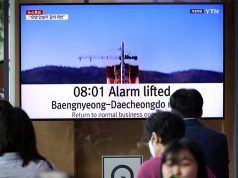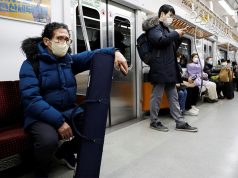SEOUL — When a woman feels she’s in danger along a dark alley in South Korea’s capital city, she can wave at a CCTV camera and a law enforcer will respond in three minutes.
This trivia from a city official needs independent verification, but there is a consensus that Seoul is among modern cities with a comparatively low crime rate. It obtained a score of 71.1 out of 100 on the Safest Cities list in 2019.
There are instances of petty crime but violence is uncommon, according to the U.S. Department of State. “There is minimal risk from crime in Seoul,” the 2019 Crime & Safety Report notes.
For a city as expansive as Seoul, keeping the peace by linking the streets with technology and security facilities is an endeavor that took decades and billions of dollars to integrate and centralize.
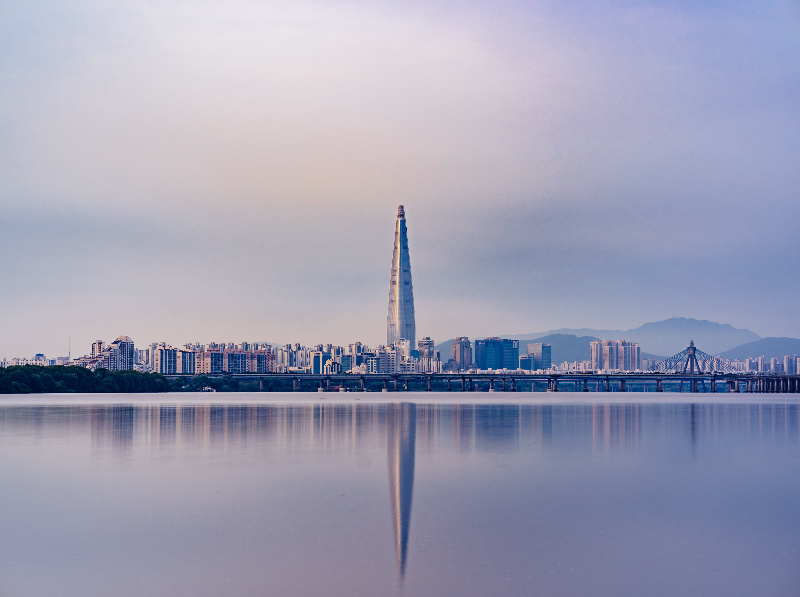
The capital, after all, is as large—about 605 square kilometers—as Metro Manila without Navotas. It is also among the densest capital areas in the world with more than 18,000 people per square kilometer (Metro Manila has 20,000).
Watchful eyes
YoungGye Yang, a senior city official, said there are 30,000 cameras around the megacity dedicated to keeping people safe. Among these are dome cameras with varying functionalities installed in public spaces to monitor people’s movements.
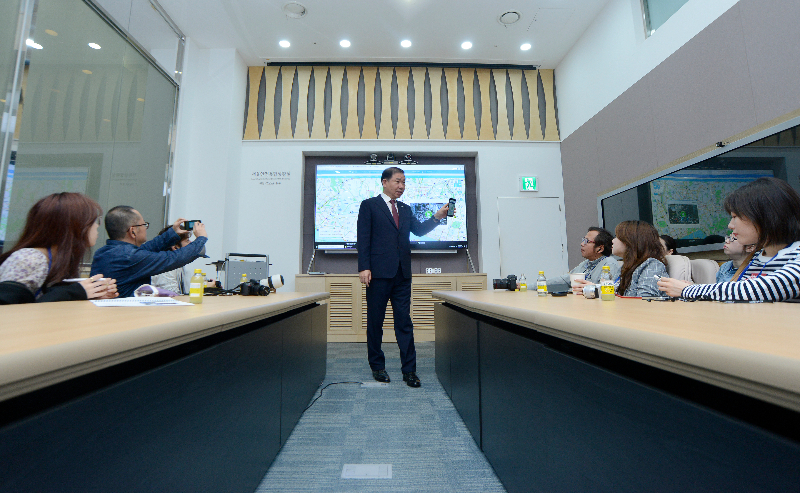
“When people fall down, the sensor will be triggered and the camera will blink, sending a signal to the police. An officer then responds to make sure no one gets hurt,” Yang said through an interpreter at a press briefing of select international media inside Seoul’s city hall in late September.
From inside the monitoring center of Seoul’s Transport Operation and Information Service, or TOPIS, traffic and security personnel are even able to keep a close watch on climbers of Bukhansan mountain using an advanced camera more than a mile away. “Even mountain fires can be monitored,” Yang said.
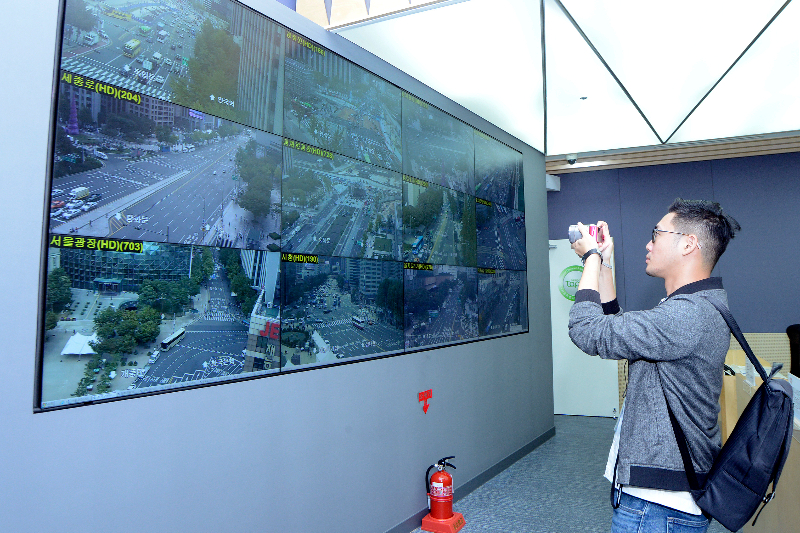
As if its current technology were not powerful enough, the city government—which has succeeded in making Seoul a smart, interconnected metropolis in the past decade—still hopes to build security capabilities with high-speed connectivity in the near future.
“Currently, we’re still not able to see fish swimming in the stream but with 5G, we can, (by) next year,” Yang said.
Travelers constantly give Seoul glowing reviews in terms of safety, with one even saying he had forgotten to be vigilant when he returned to his hometown after spending some time in Seoul.
Blind spots not sufficiently secured with cameras are patrolled more constantly. “If you find yourself in a situation concerning anything police can help you with, they are mostly at every corner,” reports a traveler safety website.
The Korean National Police Agency’s development of Tourist Police has patrolled major tourist areas since 2013. The development of the unit is believed to be behind the decrease in crimes involving tourists and foreigners in Seoul.
Seoul after dark: Apps, night buses and safe spaces
Security cameras and roving cops are just among Seoul’s many features that make tourists and residents generally feel crime is at bay.
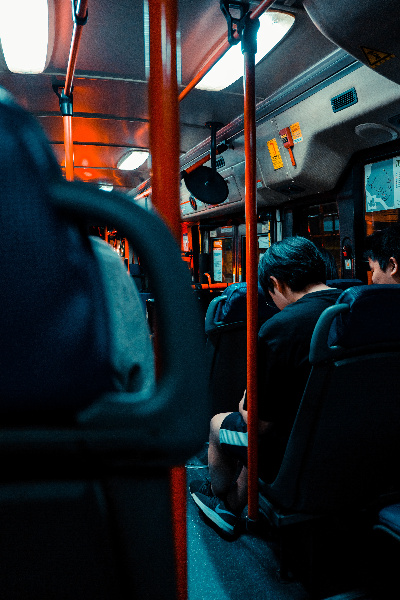
In 2016, the city launched an app for women who return home late at night. The Ansimi app connects security cameras in the entire city to detect women who are in danger and needing rescue in any of the 26,549 public areas.
There are also designated “safe havens” around the city—round-the-clock convenience stores like GS25, 7-Eleven, Ministop and C-Space where store clerks have access to wireless emergency bells to alert the nearest police station when needing help.
These secured spaces in the wee hours extend from physical establishments to mobility services. The Late Night Call Bus, booked through an app, picks up passengers headed to similar destinations. The on-demand buses are operated by 17 private companies in 13 districts around Seoul but do not have a regular route.
“The [Late Night bus] service was necessary… since many taxis refuse to receive passengers at night if the passengers are only traveling a short distance,” the government said.
There is another bus service that emerged from an idea of Seoul residents, the Owl Bus. Its routes were crafted based on 300 million pieces of data on taxi requests especially at dawn, starting with six buses on two routes in 2013 before it expanded over the years.
The Seoul Metropolitan Government attributes “revitalized late-night culture and economic activities” such as cinema-going, tourism and markets to the Owl Bus service.
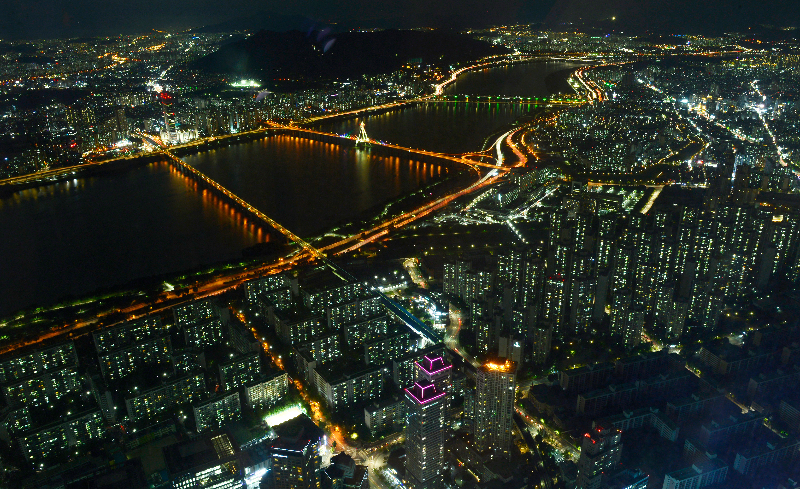
These policies have two things in common besides their purpose of safety. First, the services are integrated through technology that nearly everyone has access to in the city. South Korea is a leader in internet connectivity and prides itself on having the world’s fastest connection speed.
Moreover, they were built based on big data on residents’ behaviors and mobility patterns. Some of the services also sprung from residents’ own pitches.
With deductive foundations such as data, demand and integrated systems, successive city leaders maintain and strengthen the policies rather than control or abolish them on a political whim.
—
Editor’s note: The trip to Seoul was hosted by Digital Chosunilbo, in partnership with the Seoul Metropolitan Government’s City Branding Division. At no stage does the host organization have a say on the content generated from the coverage, interviews conducted, publication date and story treatment. Content is produced solely by Interaksyon following editorial guidelines.

